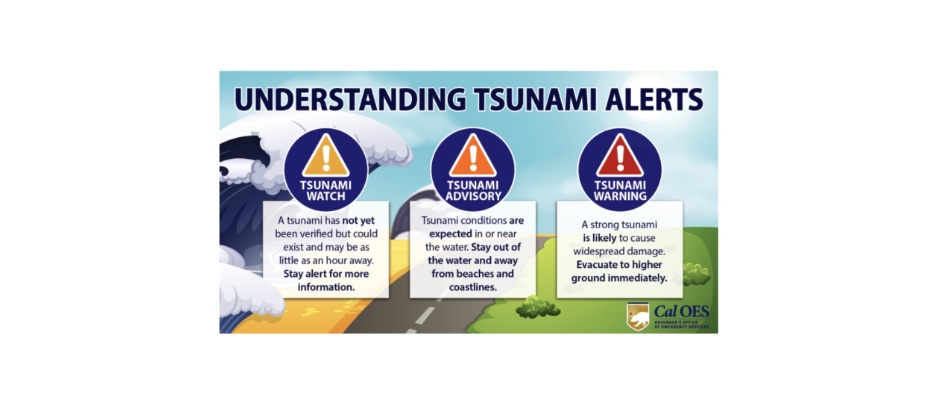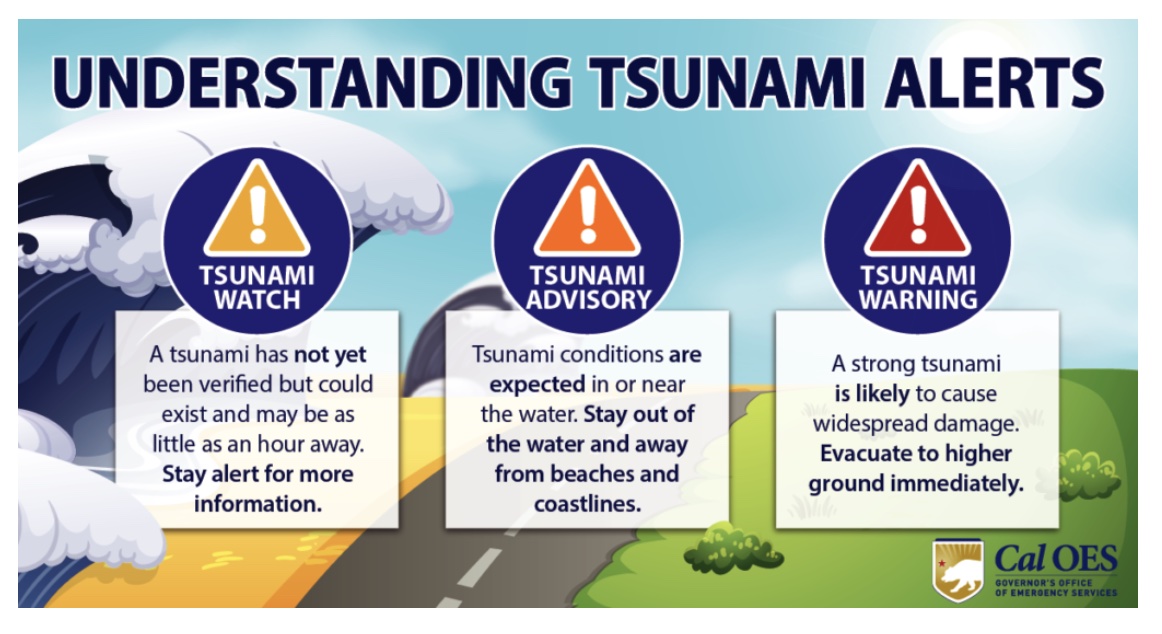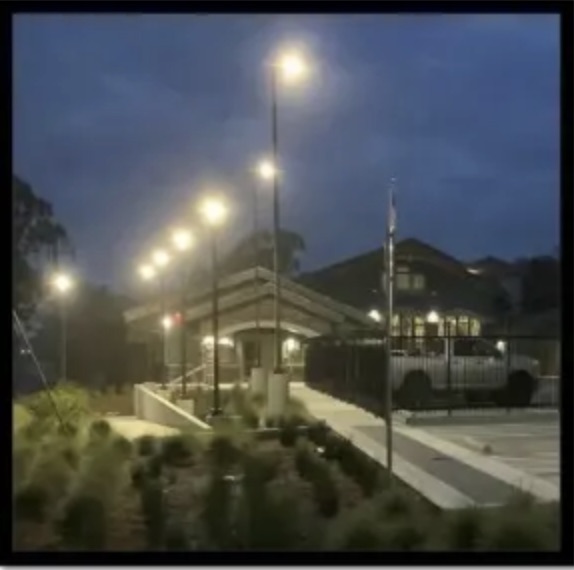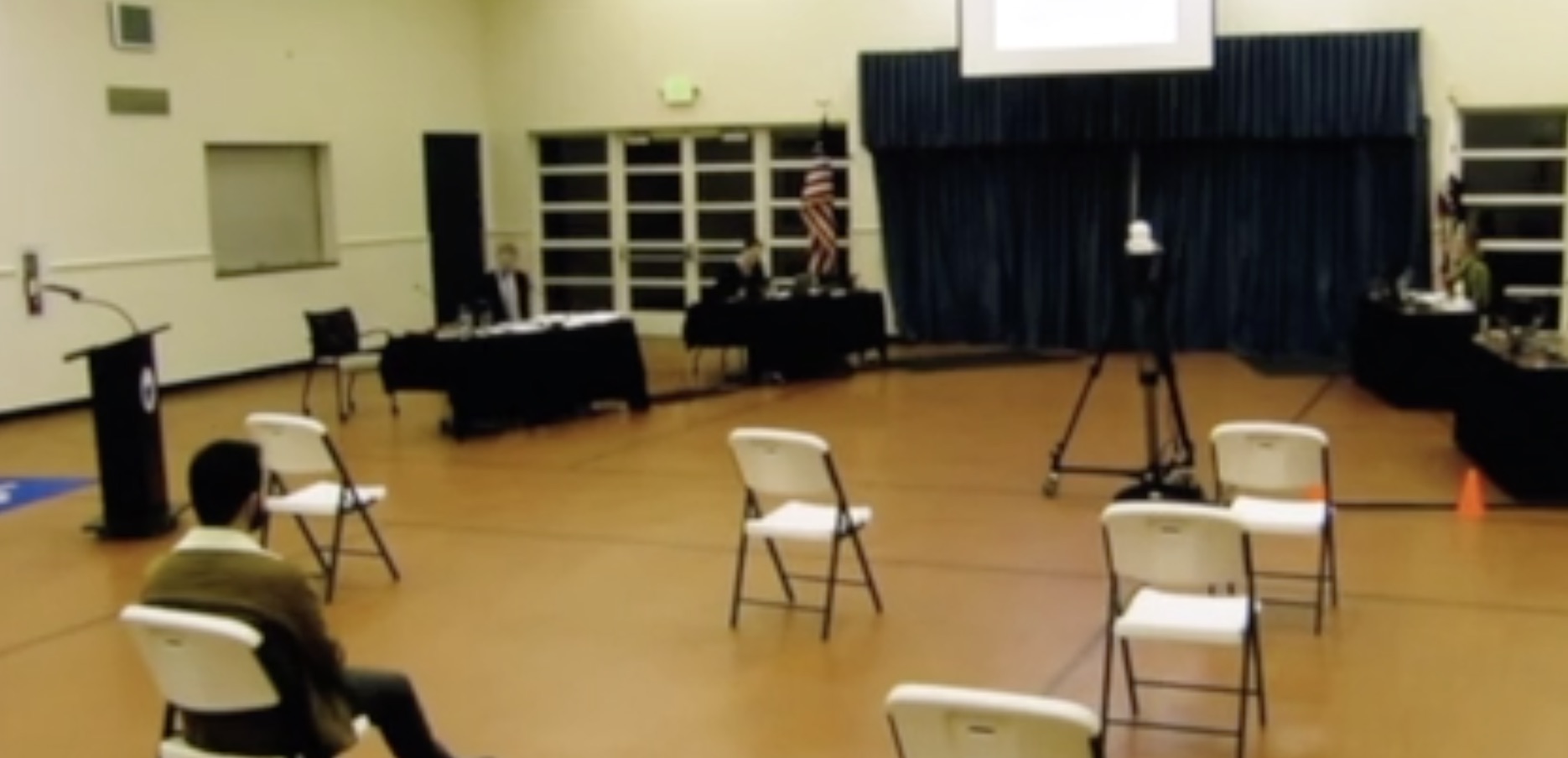|
Getting your Trinity Audio player ready...
|
PRESS RELEASE. From the City of Pacifica website and Weekly E-News
A tsunami is a series of sea waves most commonly caused by an earthquake beneath the sea floor. In the open ocean, tsunami waves travel at speeds up to 600 miles per hours. As the waves enter shallow water, they may rise rapidly. The waves can kill and injure people and cause great property damage where they come ashore. The first wave is often not the largest; successive waves may be spaced many minutes apart and continue to arrive for a number of hours. Tsunamis are often preceded by a receding of the surf line.
Since 1812, the California coast has had 14 tsunamis with wave heights higher than three feet – six of these were destructive. The Channel Islands were hit by a big tsunami in the early 1800s. The worst resulted from the 1964 Alaskan earthquake and cause 12 deaths and at least $17 million in damages in northern California. The 1992 Cape Mendocino earthquake produced a one-foot tsunami that reached Humboldt Bay about 20 minutes after the shaking. Although not damaging, the tsunami demonstrated that locally generated tsunamis can reach the California coastline quickly. Had the earthquake lasted longer, the wave heights would have been higher. Evidence suggests that large earthquakes capable of producing local tsunamis recur every two or three hundred years.
Locally Generated Tsunami
If a large earthquake displaces the sea floor near the coast, the first waves may reach the shore minutes after the ground stops shaking. There is no time for authorities to issue a warning. A major tsunami-producing earthquake will likely shake the ground strongly for at least 20 seconds. Get in the habit of counting how long the earthquake shaking lasts. If you count 20 seconds of strong ground shaking, evacuate as soon as it is safe to do so.
Distant Source Tsunami
Tsunami waves may be generated by very large earthquakes far offshore in the Pacific Ocean. These waves reach the California coast many hours after the earthquake. The Tsunami Warning Center alerts local officials who then may order an evacuation.
Where/When Tsunamis Occur
Tsunamis can occur at any time of day or night, under any weather conditions and in any season. Beaches, bay mouths, tidal flats and the shores of large coastal rivers are especially vulnerable to tsunamis. Any sudden drop or rise in sea level may be a warning of impending danger. Move inland or to higher ground immediately.
Pacifica’s Approximate Tsunami Hazard Area
What To Do Ahead of Time
- Make disaster plans now – follow general natural disaster preparedness tips
- Assemble a portable disaster supply kit
- Check for local inundation areas (see above link)
- Take a first-aid class
What To Do In Case of A Tsunami
- Leave the coast immediately and head for higher ground if you notice the surf line recede quickly or experience a prolonged earthquake.
- Evacuate immediately if notified to do so by the authorities or a tsunami siren.
- Never go to the coast to watch for a tsunami if you hear that a warning has been issued. Tsunamis move faster than a person can run. Any incoming traffic into the coastal area hampers safe and timely evacuation.
- Tsunamis are not surfable! Tsunamis most frequently come onshore as a rapidly-rising, turbulent surge of water choked with debris.
Additional Information
NOAA Tsunami Program
- CalOES – MyHazards
- Department of Conservation
- Ready.gov
- Tsunami Preparedness Video
- U.S. Tsunami Warning System – Tsunami FAQs
- Pacifica Tsunami Safety Brochure






